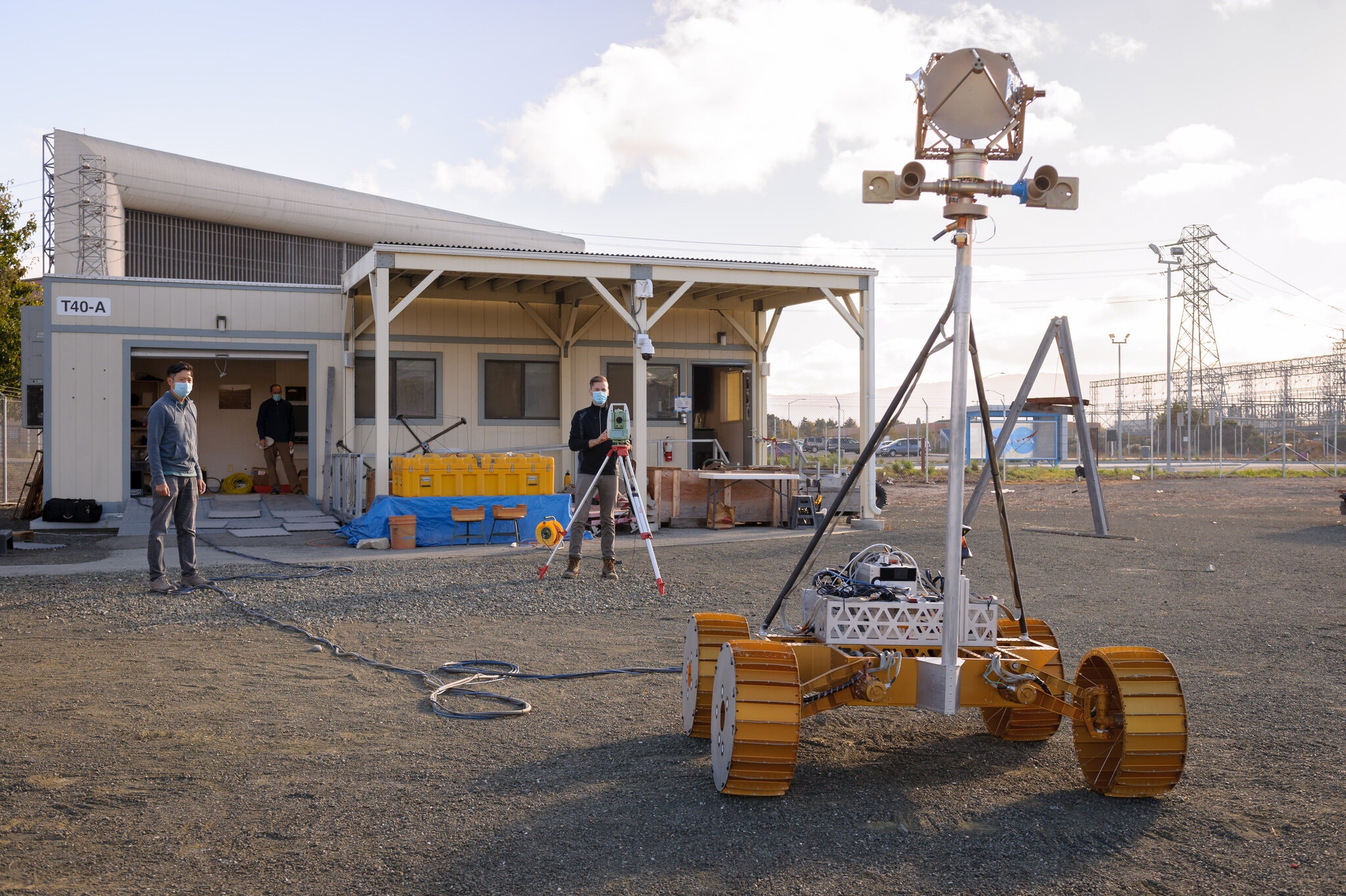Over the course of many years, NASA has been preparing to deploy a robotic rover to the moon’s polar regions. A potential benefit for future space travellers may be water ice frozen at the bases of craters on Mars, supplying them with water to drink and oxygen for breathing as well as fuel to send them back home or even farther out into the solar system.
When the Volatiles Investigating Polar Exploration Rover, or VIPER, lands on the ice in a few of years, NASA has selected the crater that the rover will spend approximately 100 days investigating.
This mission’s VIPER spacecraft will make a soft landing near the moon’s south pole, on the western edge of the 45-mile-wide Nobile crater, which was formed when something hit the moon’s surface thousands of years ago. Near the poles, the sun is low on the horizon, and the bottoms of craters, which are surrounded by perpetual shadows, are among the coldest spots on the face of the planet.
On Monday, Lori Glaze, the head of NASA’s planetary science division, claimed that the rover will get up close and personal with the lunar dirt, even digging several feet deep. “This will completely help us rethink what we know about our moon,” Glaze said during a telephone press conference.
The fact that VIPER is powered by solar panels means that it is unable to go very far into the darkness — although its batteries will enable it to function in darkness for up to 50 hours — and that it requires a straight line of sight to communicate with the Earth. According to NASA experts, the Nobile area is a good site for the rover since the terrain is diverse yet soft enough for it to travel safely and effectively.
VIPER is about the size of a golf cart, measuring 5 feet long, 5 feet broad, and approximately 8 feet tall overall. It will weigh about 1,000 pounds and will be equipped with a variety of equipment, including a drill that will enable it to retrieve samples from below the surface.
NASA authorities, on the other hand, acknowledge that they do not have conclusive evidence that there is any substantial quantity of water in the Nobile area. Regardless of whether or not there is water on the moon, the results of the VIPER mission will allow for a comparison between what can be detected from orbit and what can be found in the lunar soil itself.
Water ice is a valuable resource for lunar research, however the precise location and composition of the ice on the moon are still unknown. It may be visible at the surface as frost or buried deep below as ice. It may be pure water or it could be a mixture of minerals. A major goal of VIPER is to find this out, and having this knowledge will aid in the design of Artemis, NASA’s programme for bringing humans back to the moon.
Astrobotic Technology Inc. of Pittsburgh was granted a NASA contract last year to send the VIPER spacecraft to the moon in late 2023, according to a NASA announcement. VIPER’s construction and operation will cost $433.5 million, with NASA paying Astrobotic an extra $226 million to deliver it to the moon’s surface. VIPER will be the first spacecraft to land on the moon’s surface.
This would be the third trip, which is still planned for launch in 2024 but is likely to be postponed. The first landing of humans on the moon would take place with the assistance of SpaceX’s Starship spaceship.

